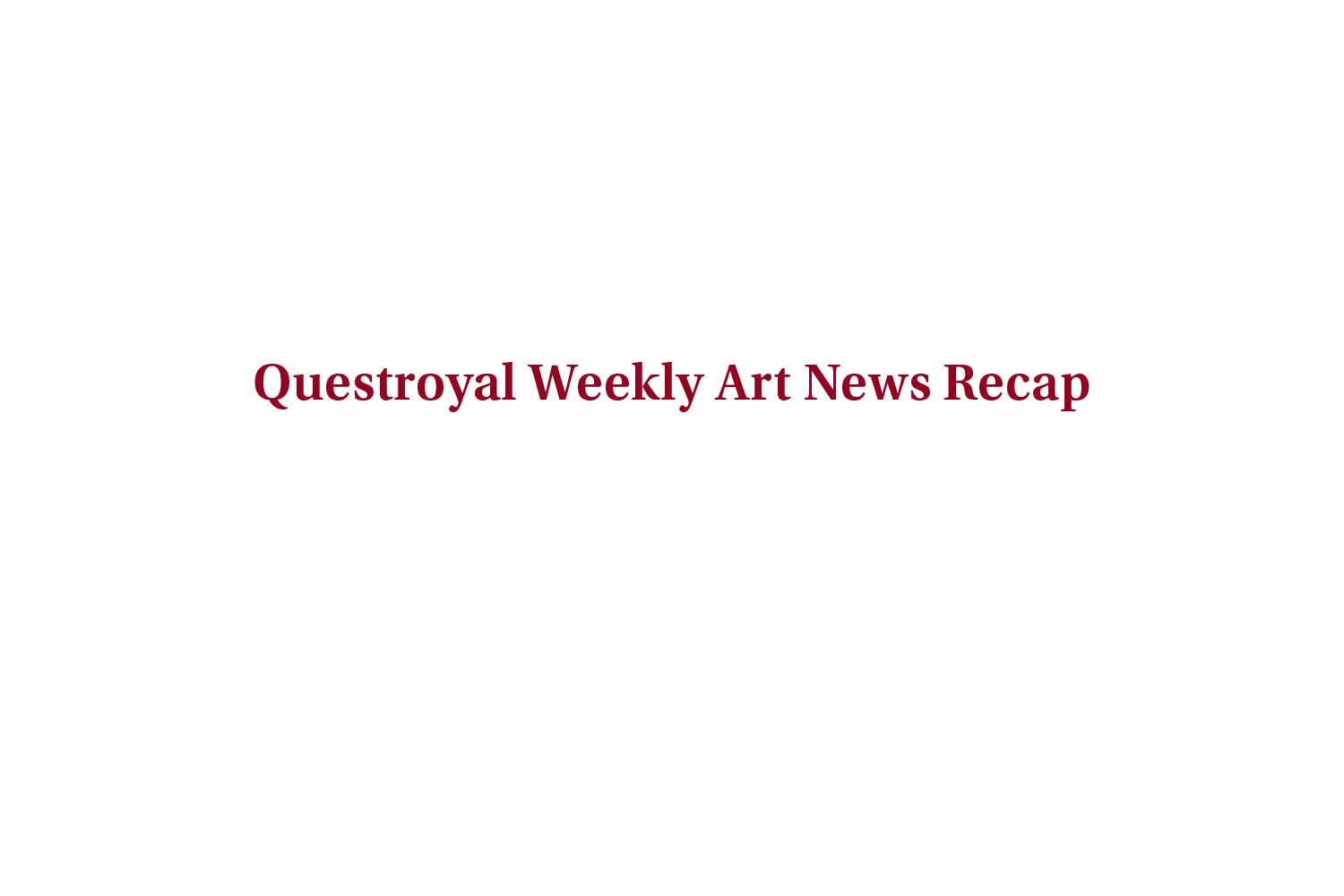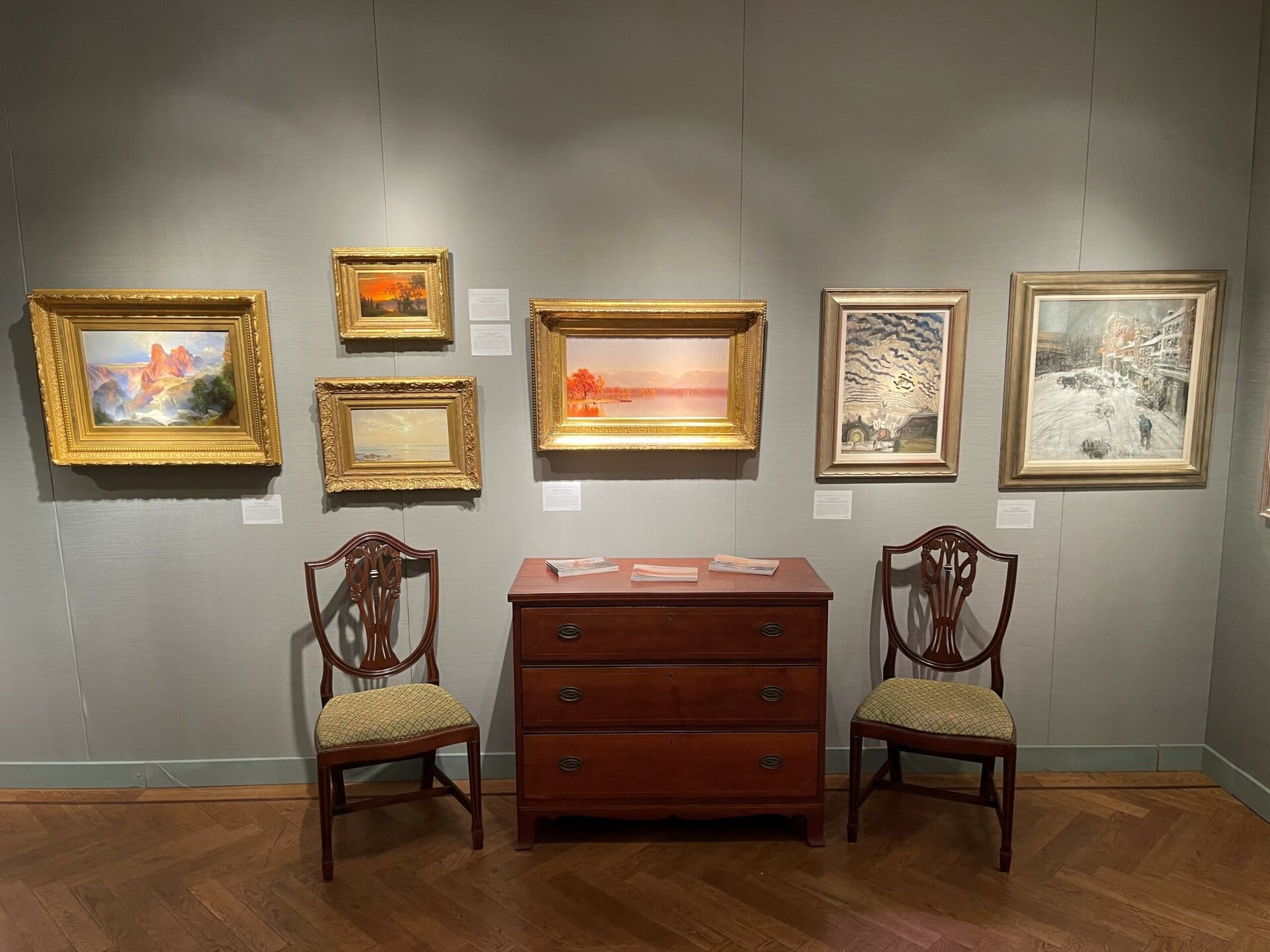Artist Spotlight: Henry Martin Gasser (1909–1981)
By Alison Kowalski
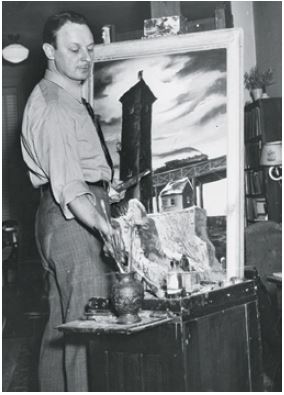
Henry Martin Gasser was an American painter in every sense. From his working-class industrial town, he sought out the greatest artists in the area in order to study from them and found inspiration in his backyard. Through persistence and a spirit of originality, Gasser turned humble scenes of urban American life in the mid-twentieth century into extraordinary works of art that were widely praised by the art world. After achieving fame for his paintings, he extended his reach further by educating future artists and writing instructional books on his innovative techniques.

Gasser was born in Newark, New Jersey, where he lived for most of his life. He studied painting at the Newark School of Fine and Industrial Arts as well as the Grand Central School of Art and the Art Students League in New York City. The well-known artist John R. Grabach (1886–1981), a fellow New Jersey native, privately tutored Gasser, and the two artists developed a close relationship.
Despite its highly individualistic style, Gasser’s work still fits neatly into the tradition established by his American predecessors. In addition to exhibiting influence from Grabach, Gasser’s realist depictions of everyday life continued the legacy of the Ashcan painters. The majority of Gasser’s work portrays his native New Jersey. By the time he reached artistic maturity in the mid-twentieth century, Newark had become a major industrial center. Such cities, although the life force of American industry and ingenuity, were not known for their scenic qualities. Nonetheless, Gasser found beauty in his surroundings. His artworks typically feature urban scenes, such as residential streets lined with houses and blue-collar suburban communities. Along with painting in New Jersey and New York, he embarked on excursions with Grabach to New England to capture coastal views and winter scenery. During World War II, Gasser was stationed in South Carolina as a sergeant in a Visual Aid Unit of the army, where he painted the vibrant Southern culture surrounding him.
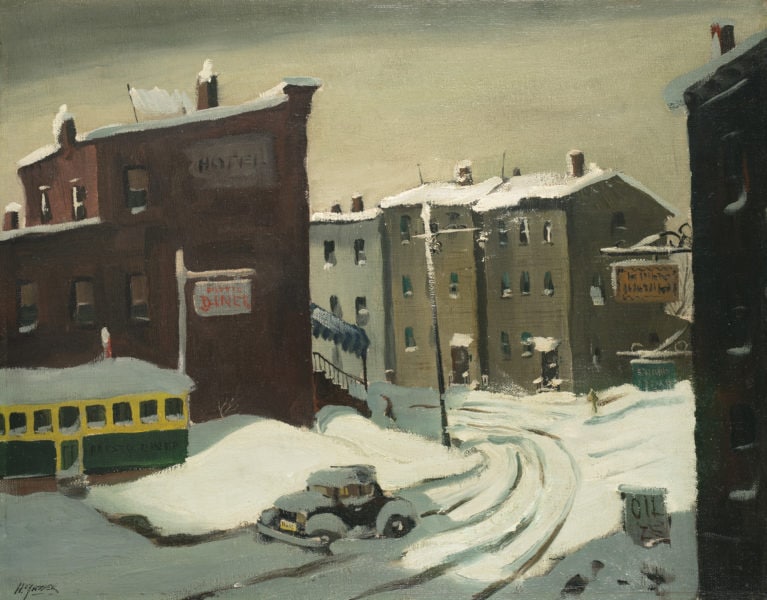
Although adept at painting with oils, he found his stride in watercolors. Paralleling his ability to transform unassuming subjects into captivating pictures, Gasser elevated watercolor—a medium that was more common at the time for preliminary sketches or commercial use—to a fine art.[1] He pushed the boundaries of the medium, using experimental techniques to create his vibrant, evocative paintings. His work is often filled with radiant blues, greens, and yellows, and even those paintings that utilize a range of muted grays are accented with unusual tertiary colors. Within his exceptionally large body of work, winter scenes figure prominently; the expanses of white provided the perfect arena for his inventiveness.
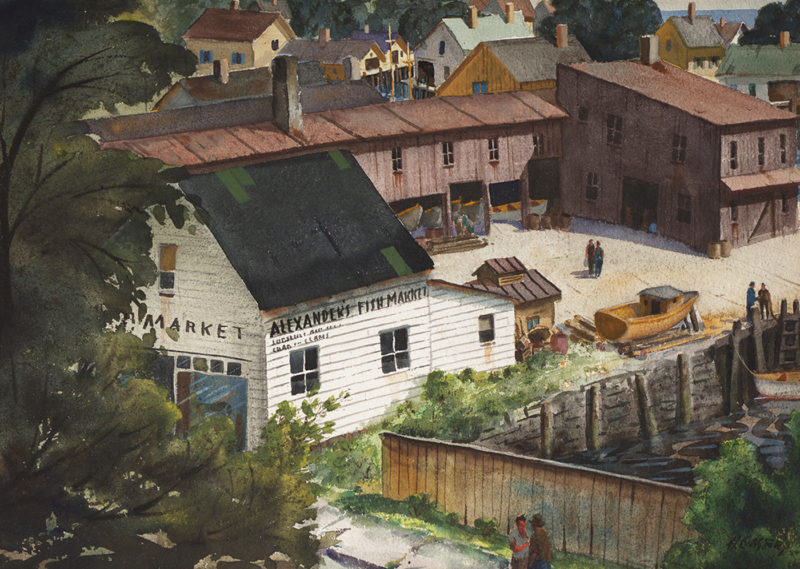
During his life, Gasser exhibited his paintings widely to remarkable critical acclaim. He was honored with numerous solo exhibitions in New York and New Jersey and was included in countless group exhibitions at the country’s finest museums and galleries. Critics noted his extraordinary technical abilities and his penchant for picturesque compositions. Gasser won more than one hundred exhibition prizes nationally, including the prestigious Hallgarten Prize awarded by the National Academy of Design. Besides his numerous accolades, Gasser was actively engaged in the art community, belonging to over twenty organizations, including the Allied Artists of America, the Art Students League, the National Arts Club, and the Salmagundi Club. He served as vice president of both the National Academy of Design and the American Watercolor Society, and designed the latter’s certificate of membership. A contemporary writer referred to Gasser as “one of the most popular artists in the East,” and the noted art historian William Gerdts Jr. proclaimed that among the finest watercolorists in New Jersey, Gasser stood at the vanguard.[2] Today, his work resides in more than sixty museums and college collections, including the Metropolitan Museum of Art, the Smithsonian American Art Museum, and the Museum of Fine Arts, Boston.
In addition to Gasser’s prolific career as a practicing artist, he dedicated much of his life to teaching and writing. He returned to his roots by serving as the director of the Newark School of Fine and Industrial Arts and teaching at the Art Students League. Gasser authored seven instructional books on the painting methods that he had become so celebrated for. Furthermore, he was a contributing editor of American Artist magazine and served as art director for Prudential Insurance Company.
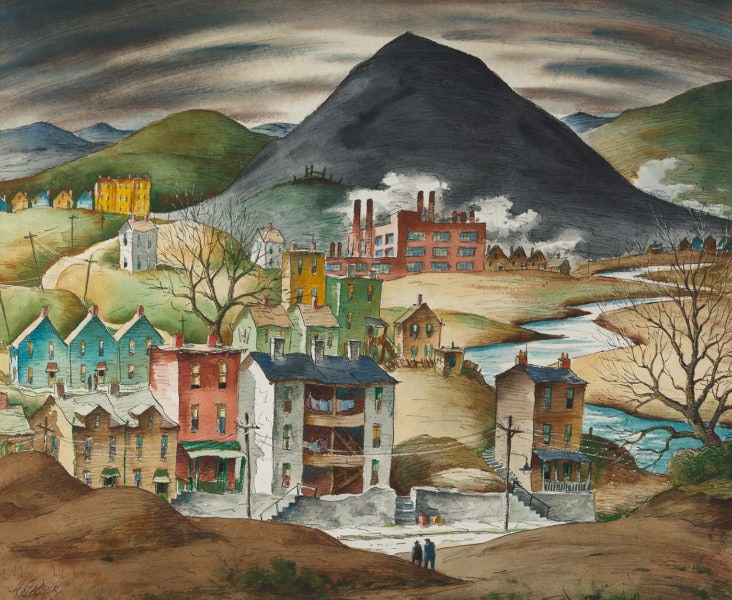
Gasser once said, “The search for a picturesque or readymade landscape, comprising ideal color, composition, and subject matter often actually results in an unexciting dull picture.”[3] The validity of this precept is affirmed by Gasser’s success. By scrutinizing the ordinary and questioning notions of appropriate subjects and materials, Gasser sowed the seeds of great American painting. The fruits he bore were honest, identifiable, and imperfect—true works of art.
[1] “Henry Gasser, Artist,” Staten Island Institute of Arts and Sciences Museum Bulletin 30 (January 1948): 27.
[2] Ibid.; William H. Gerdts Jr., Painting and Sculpture in New Jersey (Princeton, NJ: D. Van Nostrand Company, 1964), 247.
[3] Henry Gasser, quoted in Gary T. Erbe, Henry Gasser: Beyond City Limits (Youngstown, OH: The Butler Institute of American Art, 2003), 8.

